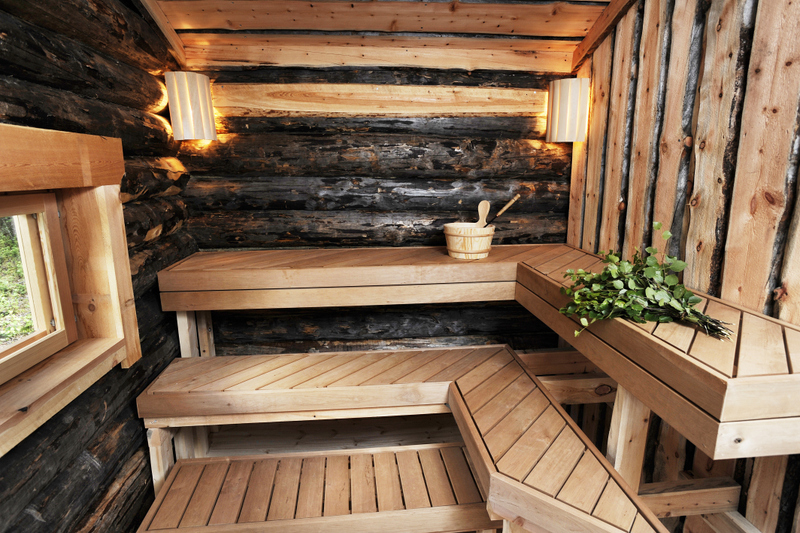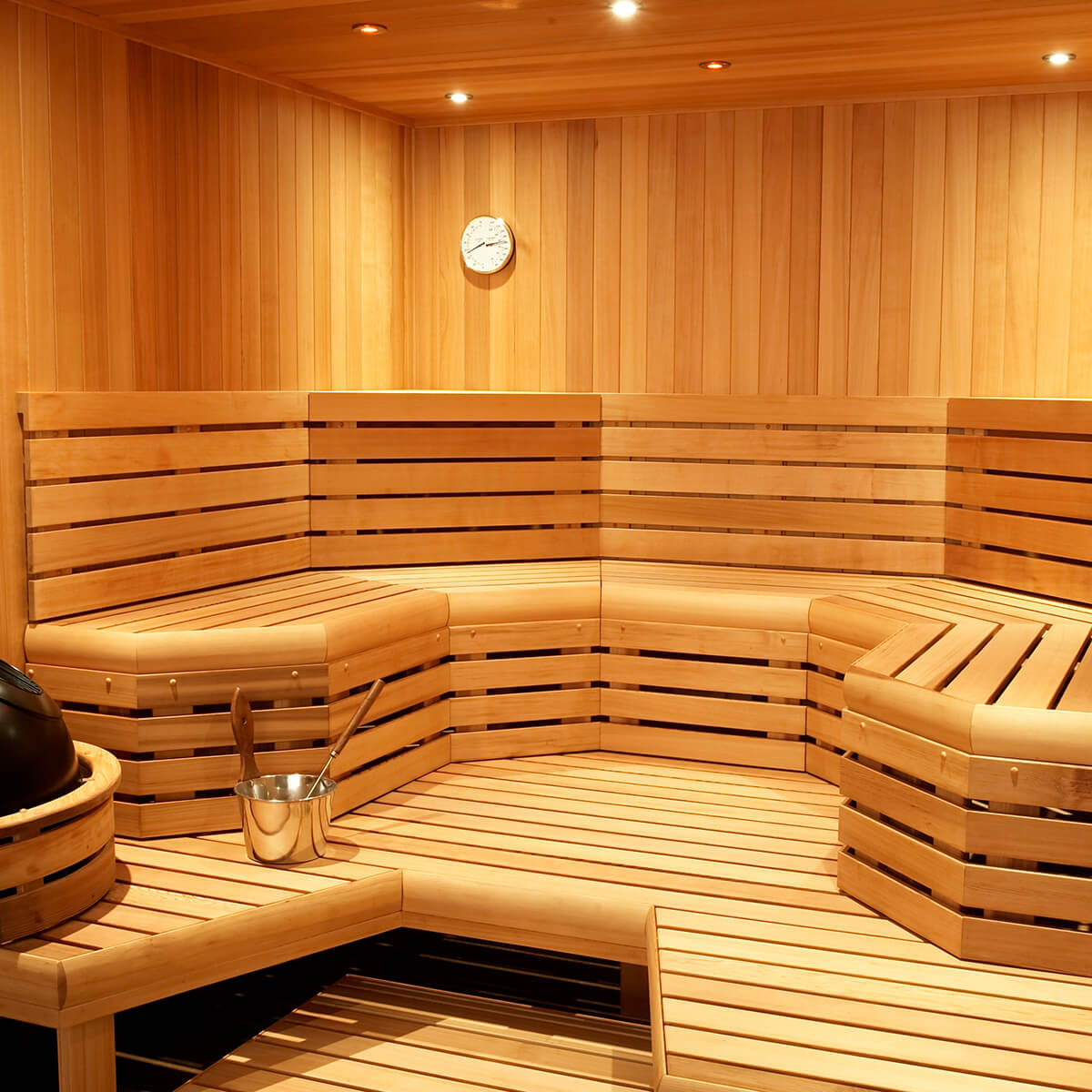The smart Trick of Traditional Sauna That Nobody is Discussing
The smart Trick of Traditional Sauna That Nobody is Discussing
Blog Article
The 9-Minute Rule for Traditional Sauna
Table of ContentsTraditional Sauna Fundamentals ExplainedSome Of Traditional SaunaTraditional Sauna Things To Know Before You BuyThe Best Strategy To Use For Traditional SaunaFascination About Traditional Sauna
A lot of the weight lost in a sauna is water loss and is re-gained upon rehydrating. Nevertheless, undoubtedly sauna can be a fundamental part of a healthy and balanced weight loss program. To consider the differences in between conventional and IR saunas, I will certainly divide these into proven, academic, and produced differences.Thus, the most popular factor in the saunawhich is at the ceiling straight above the sauna heateris commonly in between 185 and 190 F. Claims that a conventional sauna exceeds 200 F is merely not true and not applicable for electrical saunas offered in the United States. The temperature level for a far-infrared sauna is usually established in between 120 and 140 F; nevertheless, unlike the traditional sauna, the objective in and IR room is not to achieve a heat.
Due to the fact that of this, the temperature level distinction is nearly pointless, because extreme sweating leads to both sauna kinds, but the technique of warming the body is various. In an IR sauna the bather will certainly feel hot and will sweat a lot, yet at a lot reduced temperatures (Traditional Sauna). Thus, if the objective is to spend longer durations of time in the sauna, the IR sauna is an excellent choice
When a typical sauna has actually been properly heated up, the sauna walls are cozy, the air temperature level has actually achieved set temperature level and the rocks are incredibly heated. As a fascinating side note, the warmed wall surfaces and the rocks are giving off far-infrared warmth, combined with the heated air, to create an "covering heat".
The Of Traditional Sauna

When the heat is achieved, the elements cycle on and off to maintain the high temperature level. The majority of standard sauna users enjoy putting water over the rocks to produce steam to elevate sauna humidity levels. The benefits of pouring water over the rocks consist of: making the space much more comfortable, dampening the nasal flows, and permitting the use of aromatherapy by blending crucial oils with the water.

When the energy enters the body, it creates the body temperature level to raise and ultimately leads to perspiration. In an infrared sauna it is very important for the emitters/heaters to stay their explanation on virtually regularly. Because there is no mass of rocks to retain warm, the sauna will certainly cool if the emitters turned off.
As pointed out above, the sauna bather in an infrared area desires to position himself in front of running emitters to obtain maximum gain from the warm. The home heating time for the two rooms can be really different, relying on how the rooms are utilized. For a typical sauna, a bather ought to permit 30-40 mins for the room to achieve a preferred temperature level and to correctly pre-heat the rocks.
The Best Guide To Traditional Sauna
A well created sauna will usually accomplish a temperature of 150-160 F in regarding 30-40 minutes. For hotter temperatures, the area may need to heat for a longer duration.

Standard saunas have a tendency to be larger (thus utilize even more electricity) than infrared saunas, although typical saunas are definitely readily available in one and 2 individual dimensions. For a two-person typical sauna, 5x6 or 5x7 size is most prominent. The leading bench can comfortably seat 2 or 3 people and is additionally long enough to rest throughout the sauna session.
4 Easy Facts About Traditional Sauna Shown
The average price per kWH of electrical energy in the united state is roughly $0.11, so a 4.5 kW heating unit will cost about $.50 to compete one hour, if the heating unit runs continually for one hour. Usually a sauna heating unit will compete 75% of the initial hour and 50% additional hints of succeeding hours on since the aspects cycle once the set temperature level is achieved.

Ultimately, there is a rarely gone over difference in the social experience between both spaces. While our society has actually lost some of the social benefit of the traditional sauna experience, it can be very socially satisfying (Traditional Sauna). From family members time in the sauna, to heart-felt discussions with better halves, to sauna partiesthe standard sauna experience can result in intimate interacting socially
Traditional Sauna Can Be Fun For Everyone
A lot of greater end infrared areas include colored light therapy, sound systems and full-glass fronts.
Report this page